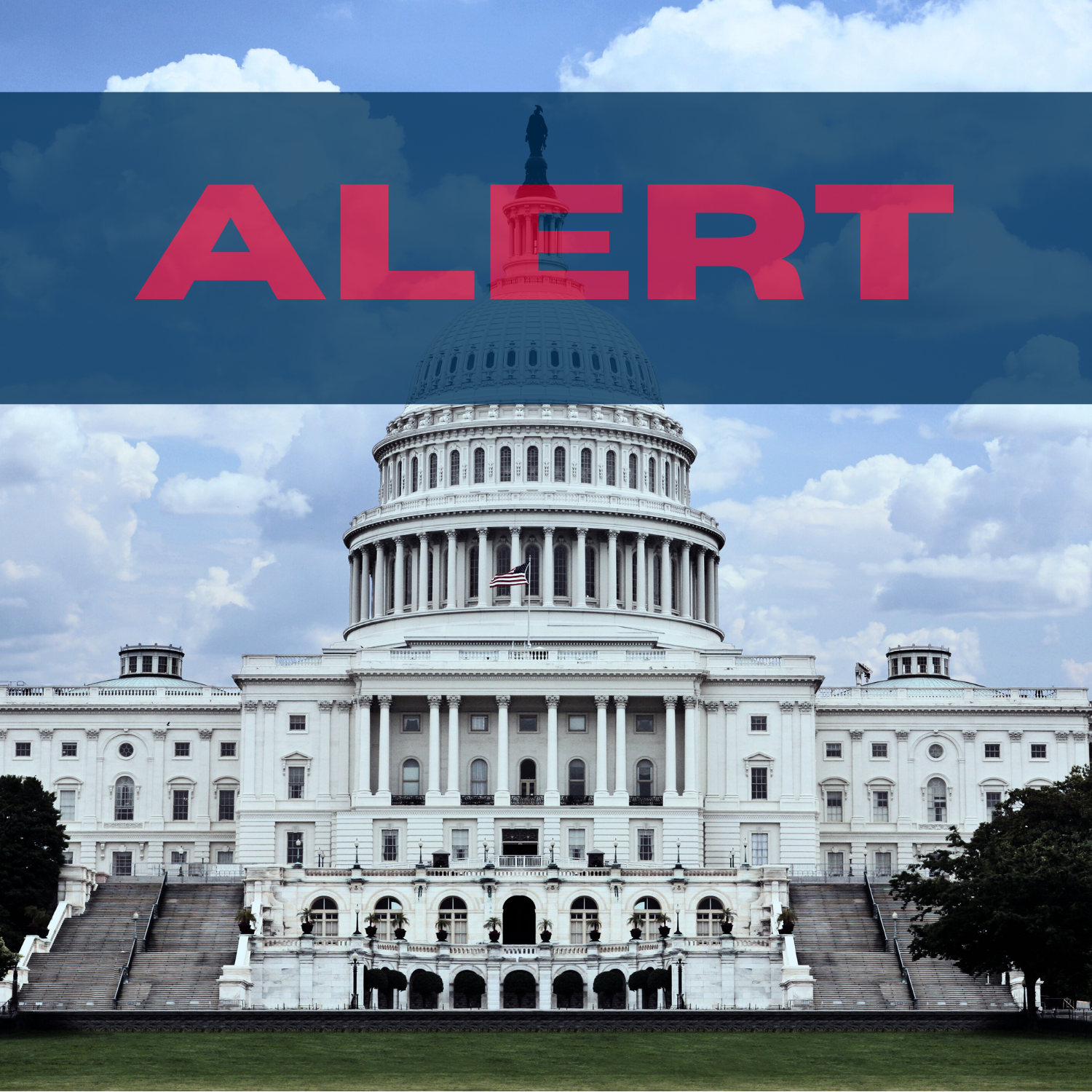Michigan’s educators prioritize student health, success in school rescue fund plans
 Michigan’s dedicated public school educators prioritized the safety, health, well-being and success of their students when planning use of federal Elementary and Secondary School Emergency Relief (ESSER) funding. The funds, distributed district by district, include the largest amount allocated by Congress and signed by President Joe Biden in the American Rescue Plan to address learning challenges in the wake of the COVID-19 pandemic.
Michigan’s dedicated public school educators prioritized the safety, health, well-being and success of their students when planning use of federal Elementary and Secondary School Emergency Relief (ESSER) funding. The funds, distributed district by district, include the largest amount allocated by Congress and signed by President Joe Biden in the American Rescue Plan to address learning challenges in the wake of the COVID-19 pandemic.
Public schools statewide identified the most urgent student needs, with the greatest priority placed on student mental health, instructional upgrades and technology to help students succeed post-pandemic. Below is a breakdown of how school districts planned to utilize ESSER funding in reports submitted to the state government in February 2022.
Mental health
School districts statewide planned to invest ESSER funds in personnel and programs to serve the mental health needs of students, including funding for social workers, counselors, therapists and school psychologists. The funds in some cases were also used for Social Emotional Learning curriculum and staff.
By the numbers:
- 136 districts added or maintained social worker positions
- 108 districts added or maintained counselor positions
- 84 districts purchased, maintained or expanded Social Emotional Learning curriculum and/or staff were funded
- 18 districts added or maintained behavioral interventionist positions
- 11 districts added or maintained guidance counselor positions
- 11 districts added or maintained psychologist positions
- 9 districts added or maintained therapist positions
Instructional upgrades
Michigan’s public schools also planned to use ESSER funds to purchase updated curriculum materials, hire instructional coaches and learning interventionists and provide after-school, summer and credit-recovery programs for students.
By the numbers:
- 321 districts added or maintained after-school learning opportunities
- 299 districts provided, expanded and/or maintained summer learning
- 224 districts funded training or professional development for educators and staff
- 175 districts purchased, maintained and/or supplemented curriculum
- 174 districts added, expanded and/or maintained credit recovery programs
- 66 districts added or maintained instructional coaching positions
- 14 districts added or maintained academic interventionist positions
- 14 districts added or maintained reading/literacy coaching positions
- 5 districts funded academic assistance/enrichment programs
Technology
Michigan schools planned to purchase instructional technology for students including Chromebooks, iPads, laptops, Wi-Fi hot spots and software using ESSER funding to address any potential learning loss during the pandemic.
By the numbers:
- 78 districts purchased Chromebooks, iPads or laptops for students and staff
- 71 districts purchased needed software for curriculum purposes and/or online learning
- 35 districts purchased Wi-Fi hotspots
All school districts in the Eastern Upper Peninsula and many municipalities pooled resources to fill infrastructure gaps in broadband and connectivity.
Added/retained positions
Paraprofessional, custodial, special education and bus driver positions were planned to be added or retained by schools using COVID-19 school rescue funds.
By the numbers:
- 46 districts added or maintained paraprofessional positions
- 14 districts added or maintained custodial positions
- 14 districts added special education positions
- 5 districts added bus driver positions
Educator salary/wages
With teachers, support staff and other school employees serving on the front lines during the pandemic, many districts prioritized hazard pay bonuses or stipends using ESSER funds. Districts also planned to make needed wage and salary adjustments in the wake of the pandemic.
By the numbers:
- 83 districts provided bonuses to educators and staff to compensate for extra duties and/or dangerous working conditions during the pandemic
- 67 districts provided stipends to educators and staff to compensate for extra duties and/or dangerous working conditions during the pandemic
- 17 districts made salary schedule improvements for educators and/or staff
- 16 districts provided wage increases and/or benefit improvements for educators and staff
- 10 districts provided hazard/response pay to educators and staff for their work during the pandemic
Class size adjustments
A total of 35 Michigan school districts planned to use ESSER funding to reduce class sizes and lower teacher-student ratios.
Infrastructure
School districts across Michigan planned to update, overhaul and/or add to their HVAC systems, as well as purchase buses and safety equipment using COVID-19 school rescue funds.
By the numbers:
- 173 districts repaired, expanded and/or overhauled HVAC systems
- 38 districts installed and/or upgraded security equipment
- 23 districts added air conditioning
- 12 districts bought buses
- 7 districts purchased high-efficiency air filters
- 3 districts improved electrical, air quality and/or roofing systems
- 2 districts funded solar energy projects
Personal Protection Equipment (PPE)
School rescue funds were utilized in districts statewide to provide necessary mitigation and cleaning supplies, face masks, rapid antigen tests, hand sanitizer and cleaning equipment during the pandemic. In addition, many schools used the funds for school nurse positions.
By the numbers:
- 215 districts purchased face masks
- 100 districts purchased cleaning supplies
- 68 districts purchased hand sanitizer
- 62 districts added or maintained nursing positions
- 16 districts purchased cleaning equipment
- 11 districts purchased rapid antigen tests
- 5 districts purchased mitigation supplies



